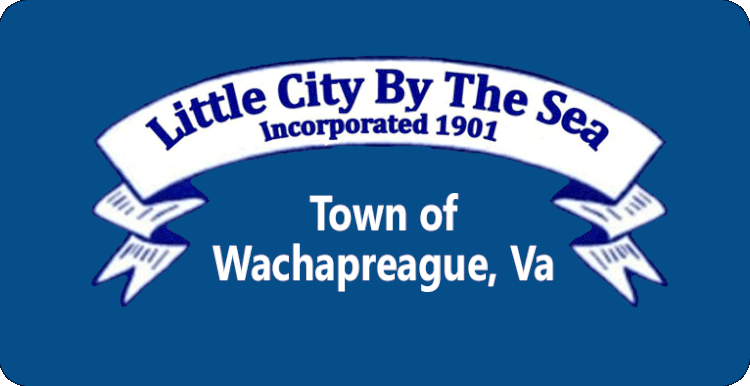Environmental
Environmental
Hazard Mitigation Planning Process
State, tribal, and local governments engage in hazard mitigation planning to identify natural hazards that impact them, identify strategies and activities to reduce any losses from those hazards, and establish a coordinated approach to implementing the plan, taking advantage of a wide range of resources. Click on the graphic to understand the core steps in completing a hazard mitigation plan. We will post this plan when it is completed.
Community Rating System
The National Flood Insurance Program's (NFIP's) Community Rating System (CRS) is a voluntary incentive program that recognizes communities for implementing floodplain management practices that exceed the Federal minimum requirements of the NFIP to provide protection from flooding.
In exchange for a community's proactive efforts to reduce flood risk, policyholders can receive reduced flood insurance premiums for buildings in the community. These reduced premiums reflect the reduced flood risk resulting from community efforts toward achieving the three CRS goals:
Reduce flood damage to insurable property
Strengthen and support the insurance aspects of the NFIP
Encourage a comprehensive approach to floodplain management
Participation in the Community Rating System (CRS) is voluntary. By participating, communities earn credit points that determine classifications. There are 10 CRS Classes: Class 1 requires the most credit points and provides the largest flood insurance premium reduction (45 percent), while Class 10 means the community does not participate in the CRS or has not earned the minimum required credit points, and residents receive no premium reduction. The CRS Classes are based on completion of 19 creditable activities organized into 4 categories.
We will post our CRS Plan when it is completed.


